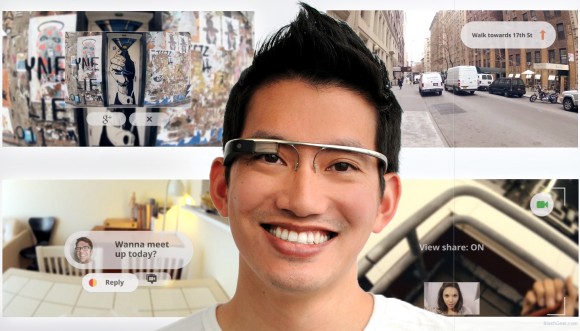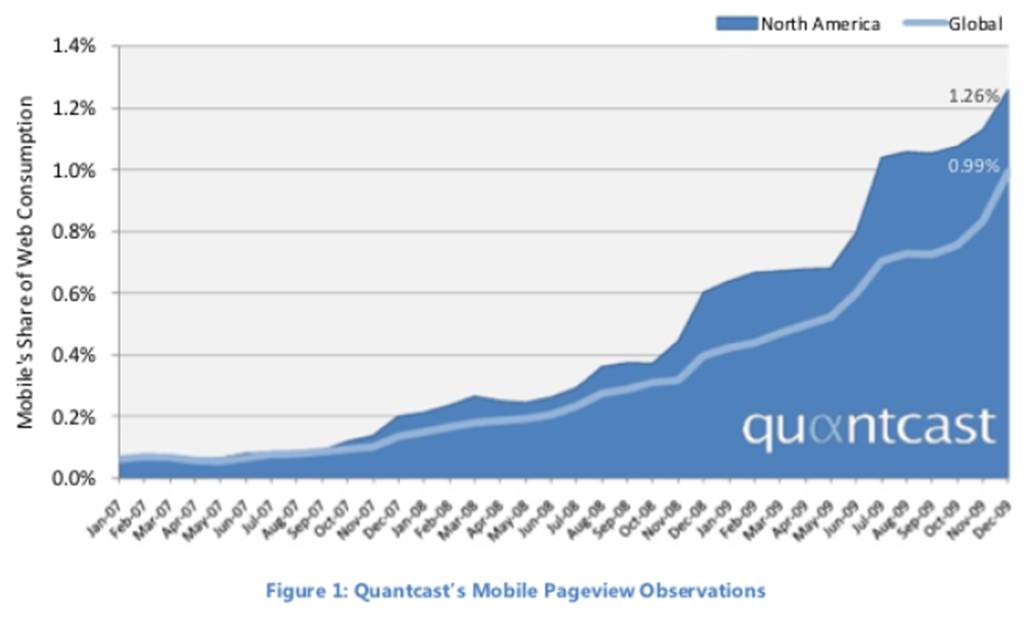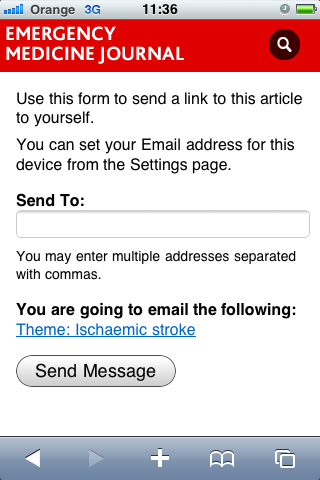Facebook News Feed: bigger images, greater control and platform consistency
15 Mar, 13 | by BMJ
As you may already be aware, Facebook is rolling out the first major update to its News Feed since the feature launched nearly seven years ago. As with every other change the site has made, the new design has been met with mixed reactions and hasn’t gone unnoticed by the media.
Facebook’s revamped News Feed gives the homepage a starkly mobile look, reducing clutter and lending more space to prominent photographs. It takes significant cues from the Facebook mobile apps for phones and tablets, adding a new side navigation bar and more white space.







